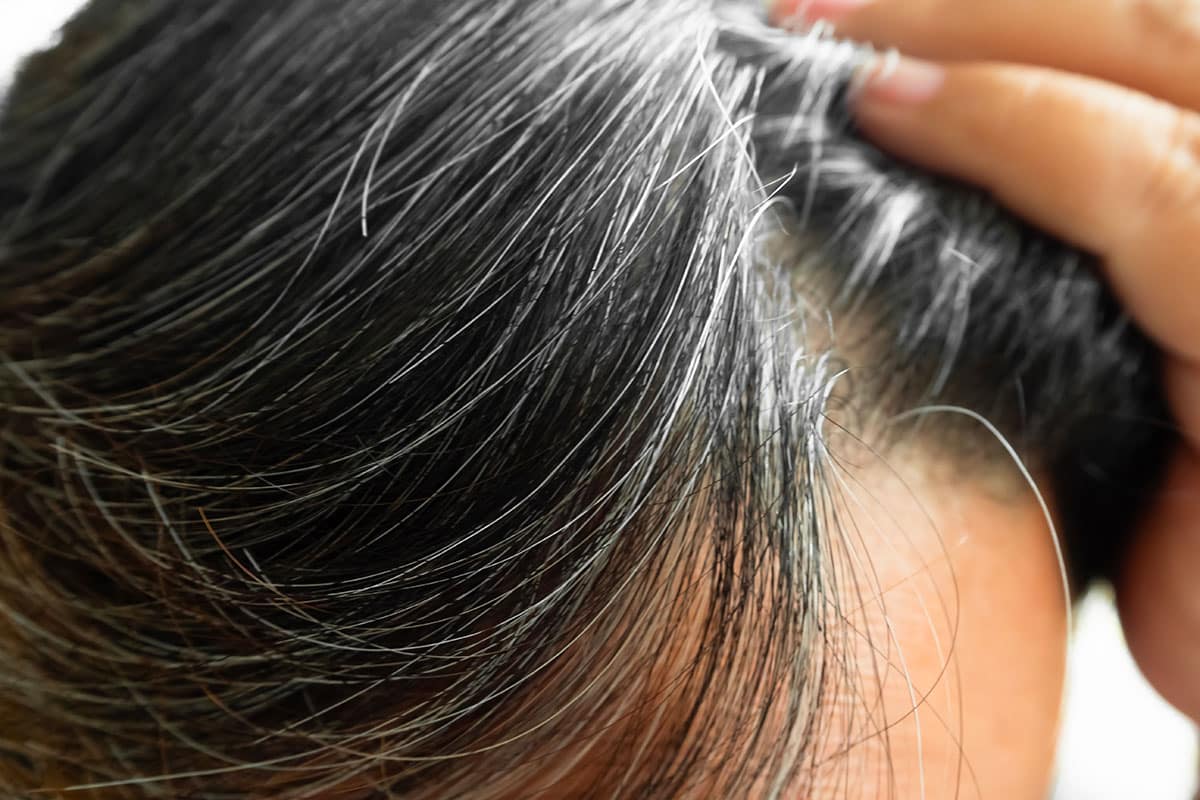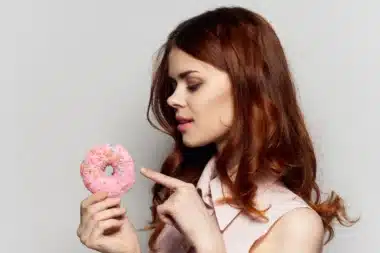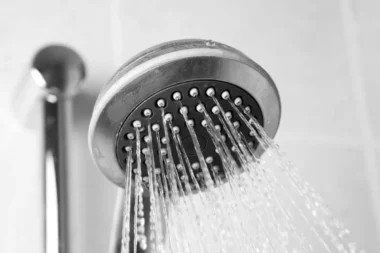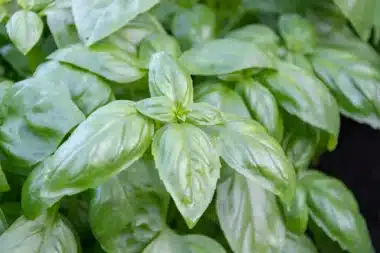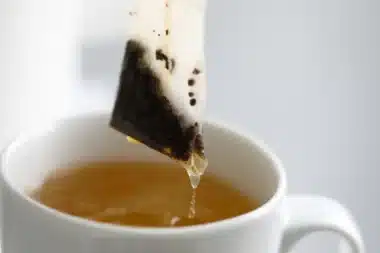Gray hair is something we all eventually notice as we get older. It’s a natural part of life, driven by everything from our genes to our everyday habits. Knowing why our hair loses its color and what we might do to keep our locks vibrant a little longer can really help those of us who want to hang on to our natural shade.
The natural way hair goes gray
Our hair starts to turn gray mainly because our bodies make less melanin (that’s the pigment that gives color to our hair, skin, and eyes). As we age, the melanocytes (the cells that pump out melanin) gradually slow down and reduce in number, which means less color for our hair and more gray strands showing up.
It’s pretty much in our DNA too—some people spot their first gray hairs in their twenties, while others don’t see them until after forty. And hey, stress can also speed things along by messing with how our bodies work overall.
I’m an Architect—This $20 Cooling Hack Helps Me Sleep When It’s 100 Degrees Out
What kicks off gray hair
No two people are the same when it comes to gray hair. Sure, getting older is a big part of it, but things like stress, our family history, and some health issues can make gray hairs pop up sooner. Not getting enough of key nutrients like copper or vitamin B12 can also push your hair to lose its color faster (lack of these nutrients isn’t something to take lightly).
Another thing to note is oxidative stress. This happens when free radicals (damaging molecules) wear down the cells that make pigment, cutting down on melanin even more. Pollution and too much sun (UV exposure) can worsen this problem.
How your diet keeps your hair looking its best
Eating a balanced diet loaded with the right nutrients helps keep your natural hair color around longer. For instance, copper is important because it’s a part of the enzyme tyrosinase, which helps produce melanin. Adults need about 900 micrograms of copper each day, and you can find it in foods like:
- almonds
- walnuts
- sunflower seeds
- lentils
- oysters
- mussels
- dark chocolate
Vitamin B12 is another key player since it supports melanin production and helps shield pigment cells from the wear and tear of free radicals. You can get plenty of B12 from:
- fish
- meat
- eggs
- dairy products
Plus, antioxidants from goodies like blackberries, raspberries, oranges, lemons, spinach, broccoli, celery, and green bell peppers help keep your hair looking younger by balancing out free radicals.
How everyday habits affect your hair
Keeping your hair looking its best isn’t only about what you eat. Managing stress and getting enough sleep are huge too. When you’re under constant stress or not catching enough Z’s, your hair might start aging even faster. Staying hydrated and avoiding gaps in your nutrition can also help keep your hair in tip-top shape.
My own take on going gray
Noticing gray hairs can be a real eye-opener. I started seeing a few grays in my early thirties and discovered that making some changes to my diet and learning to manage stress helped me keep my natural color a bit longer. For many folks, accepting gray hair as just another part of aging can actually feel pretty freeing.
Sharing personal stories about how we deal with gray hair can really help everyone feel like they’re not alone. It also lets us swap ideas on what’s worked for us—whether you’re trying to delay those silver strands or just learning to rock them with pride.
By breaking down the biology behind gray hair and looking at everyday tweaks, we can all take a more relaxed approach to the inevitable changes that come with getting older.
So, take a minute to think about your own experience with gray hair and feel free to share any tips or tricks you’ve discovered for keeping your hair looking as lively as ever or enjoying the new look with grace!

